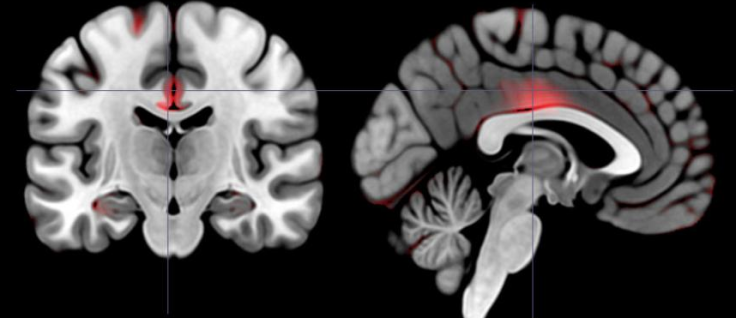How Extroverted Are You? Brain's Gray Matter May Lead To Two Personality Types

Our personalities are placed into two categories: introvert or extrovert. The differences between these opposing categories are clear, but subsets within these personality types make it far more complex. According to a recent study published in the journal Cognitive, Affective, & Behavioral Neuroscience, just like there are multiple types of introverts, there are also two types of extroverts — agentic and affiliative — both influenced by the brain’s gray matter.
Researchers have long explored the roots of introversion and extroversion. The distinct anatomical differences in the brains of introverts and extroverts can help explain why the reward systems of extroverts respond differently than those of introverts. Extroverts tend to respond strongly to adventures, social challenges, or taking risks, which stimulates the amygdala and the nucleus accumbens. Meanwhile, introverts tend to have larger, thicker gray matter in the prefrontal cortex — the brain region responsible for abstract thought and decision-making. This upholds to introverts’ tendencies to analyze things before making a decision, while extroverts possess a “live in the moment” attitude and take risks rather than think everything through.
Erica Grodin and Tara White, authors of the study at Brown University, believe these differences within personality types can not only be reflected between introverts and extroverts, but within the two types of extroversion. Agentic extroversion is associated with the “go-getter” attitude, which is a person who is more assertive, persistent, and achievement-driven. Then there’s affiliative extroversion, which is the “people person” who is friendly, emotionally warm, and good with ice breakers.

For the study, the researchers used the Multidimensional Personality questionnaire Brief Form, structural magnetic resonance imaging (MRI), and voxel-based morphometry for a sample of 83 healthy adult male and female volunteers, aged 18 to 54, to see the relationship between neurology and personality. When White and Gordin examined the 83 volunteers' brain scans (not all of whom were extroverted people), they found an apparent difference upon comparing the scans of those on the self-reported agentic side with those who self-reported affiliative.
The findings revealed it’s all a gray matter. All extroverts had a greater volume in the medial orbitofrontal cortex — the region of the brain that sits between the eyes. Those who identified as agentic extroversion did not show an increase in gray matter in any other brain regions. However, people who identified with agentic extroversion had greater volume in other areas, including the left parahippocampal gyrus, left cingulate gyrus, left caudate, and left precentral gyrus in both men and women, and the right nucleus accumbens in men but not women, White told New York mag’s Science of Us in an interview. In other words, the right nucelus accumbens is involved the brain’s reward system, and the other parts help identify rewards and help drive you toward them.
"The fact that that's validated in the brain is really exciting. There's a deep reality there," White said in the press release. The findings help us learn more about the neural core of everyday emotions and the differences between these emotions and the people they are associated with. The self-reported data also shows people are more in tune with their emotions than we’d like to think.
Science has yet to determine whether personality traits are assigned at birth or whether we acquire larger volumes associated with either extroversion personality type.
Source: Grodin EN and White TL. The neuroanatomical delineation of agentic and affiliative extraversion. Cognitive, Affective, & Behavioral Neuroscience. 2015.
Published by Medicaldaily.com



























